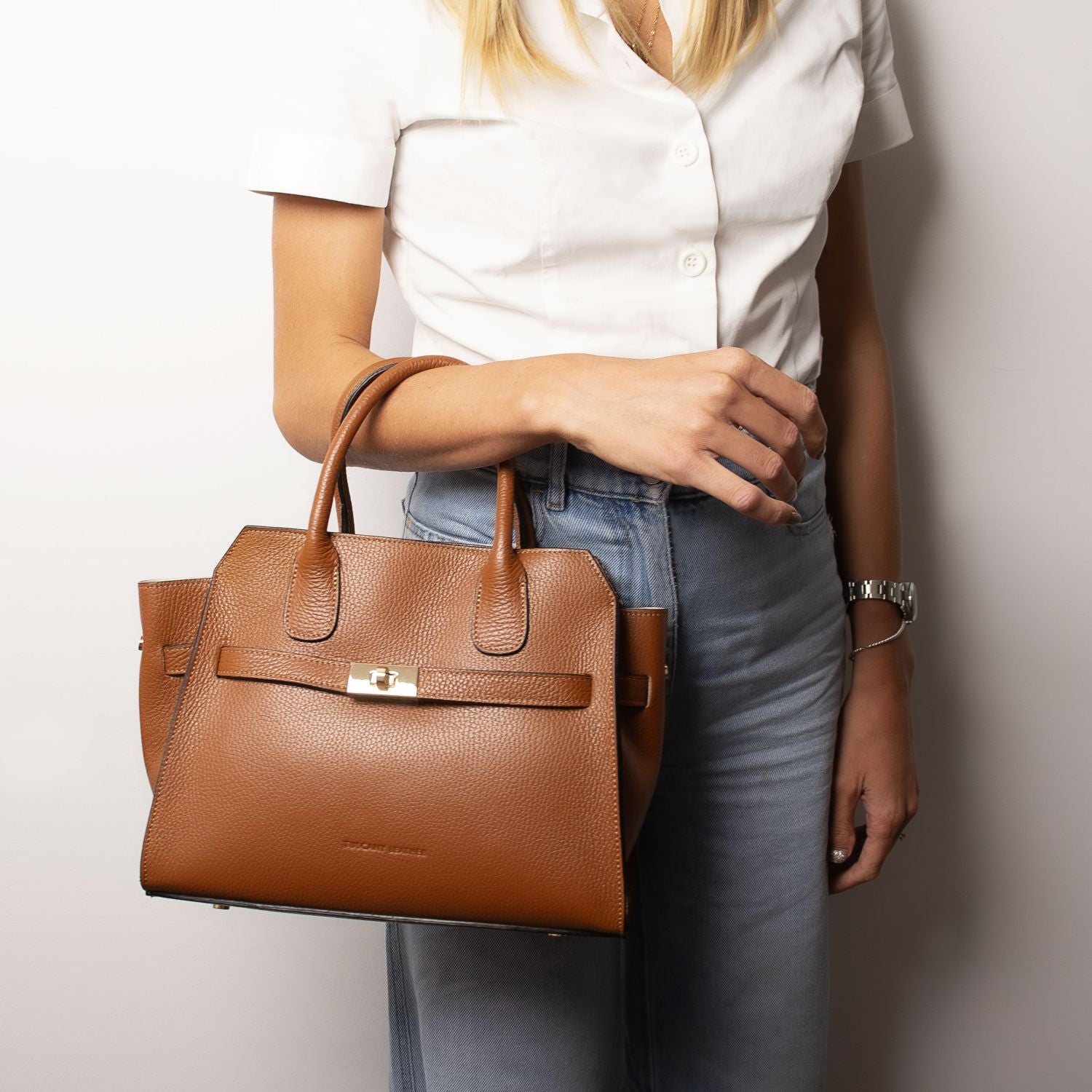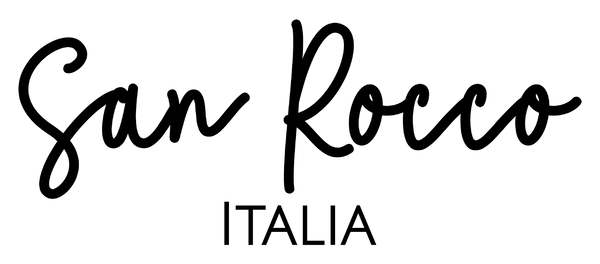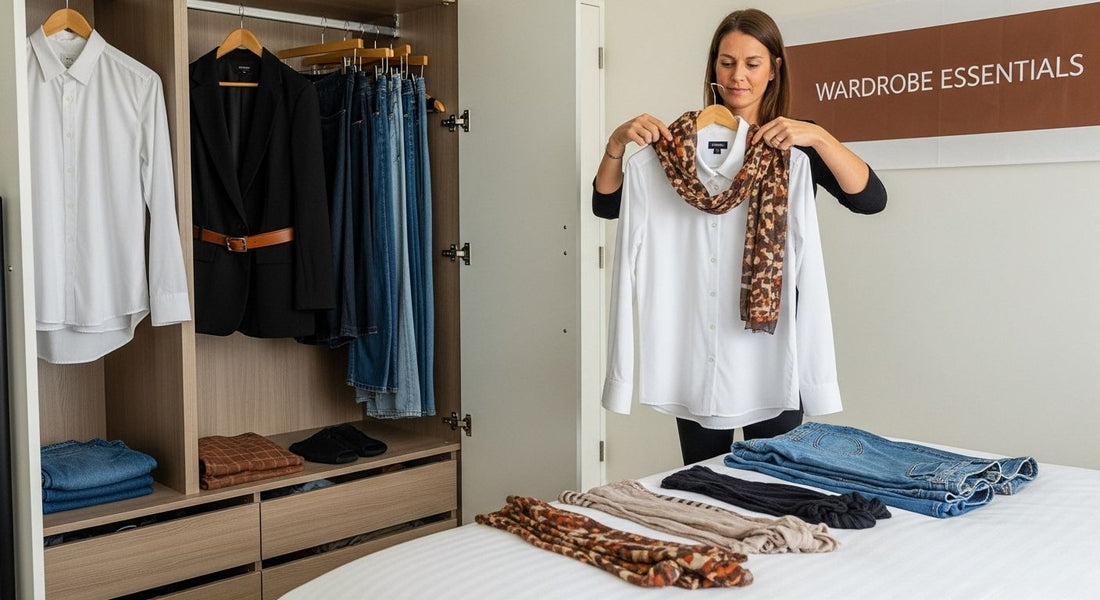
How to Accessorize with Scarves for Timeless Elegance
Share
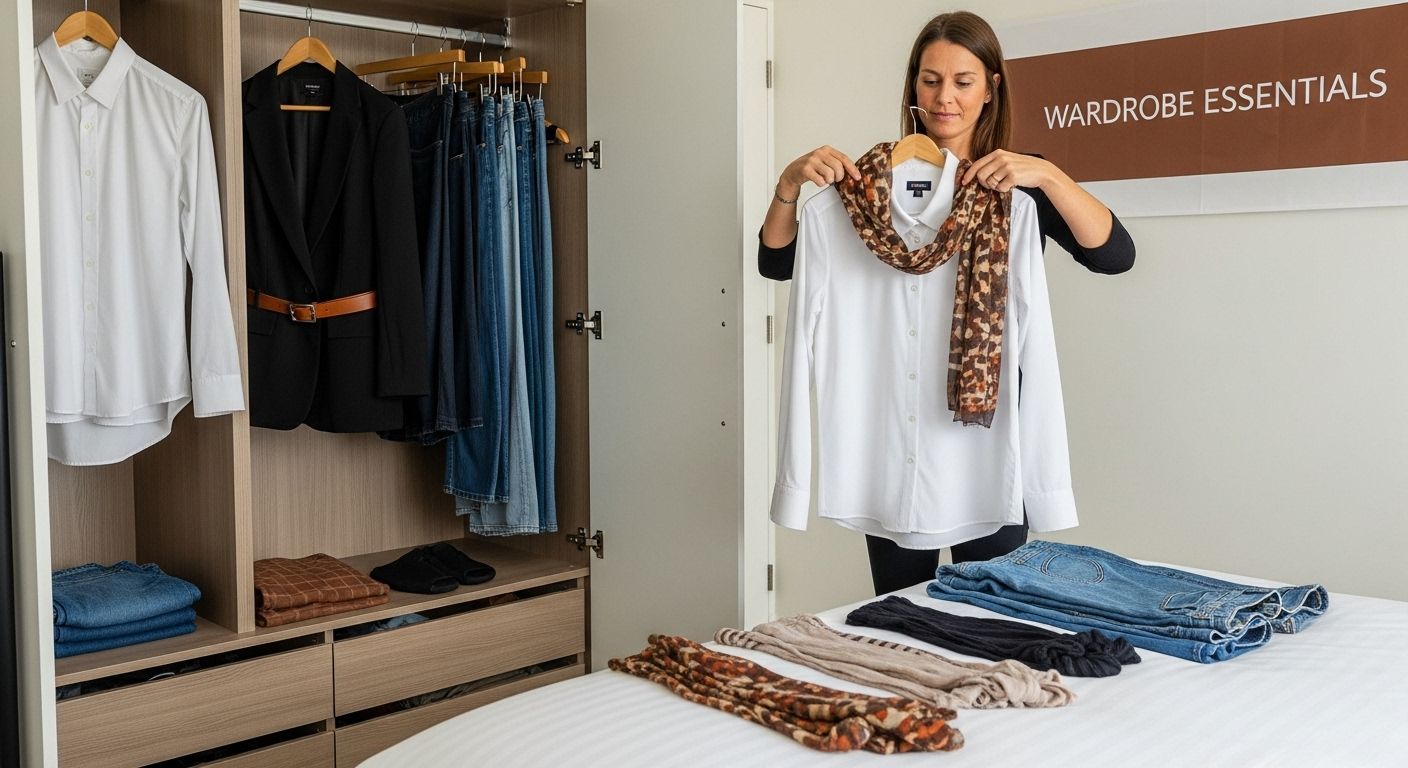
Scarves have the power to turn even the simplest outfit into something striking. Most people think they are just for keeping warm or adding a touch of colour. Yet the real magic lies in their versatility. Neutral staples like white shirts and black blazers create a perfect backdrop for scarves to take centre stage, letting you experiment with bold patterns, luxurious fabrics, or unexpected ties. What seems like a small accessory often does more for your look than you might expect.
Table of Contents
- Step 1: Evaluate Your Wardrobe Essentials
- Step 2: Select The Perfect Scarf Type
- Step 3: Master Various Scarves Tying Techniques
- Step 4: Combine Scarves With Outfits For Maximum Impact
- Step 5: Assess Your Style Choice And Make Adjustments
Quick Summary
| Key Point | Explanation |
|---|---|
| 1. Assess your wardrobe essentials first | Evaluate your existing clothing to determine how scarves can enhance your outfits effectively. |
| 2. Select scarves that match your style | Choose scarves based on fabric, style, and personal aesthetic to ensure they complement your wardrobe. |
| 3. Master various tying techniques | Learn different scarf tying methods to create versatile looks suitable for any occasion. |
| 4. Coordinate colours and textures | Pair scarves with outfits by considering colour schemes and fabric contrasts to enhance visual appeal. |
| 5. Continuously assess and refine your styling | Use photographic documentation to evaluate your outfits, adjusting styles for improved aesthetics and comfort. |
Step 1: Evaluate Your Wardrobe Essentials
Accessorizing with scarves begins with a strategic assessment of your existing wardrobe, creating a foundation for seamless style integration. Before introducing new accessories, understanding your current clothing palette and personal aesthetic is crucial for creating harmonious ensembles.
Start by examining your wardrobe’s core colour palette and silhouettes. Pull out your most frequently worn pieces and analyse their underlying tones and textures. Neutral foundations like white shirts, black blazers, and denim provide excellent canvases for scarf styling. Consider the professional and casual contexts in which you typically dress, as this will guide your scarf selection strategy.
According to Utah State University Extension, understanding design principles helps create visually balanced outfits. This means evaluating how scarves can introduce proportion, rhythm, and emphasis to your existing wardrobe. Look for opportunities where a scarf can elevate a simple outfit from ordinary to extraordinary.
Take time to assess your current scarf collection critically. Inventory pieces by material, colour, and size. Silk scarves offer luxurious drape for formal settings, while wool and cotton options provide versatility for casual environments. Aim for a collection that offers both classic neutrals and statement pieces with interesting patterns or colours.
Consider your body shape and personal style when selecting scarves. Petite frames might benefit from smaller, more delicate scarves, while taller individuals can experiment with larger, more dramatic pieces. The goal is not just aesthetic appeal, but also personal comfort and confidence.
To help you assess and organise your scarf collection effectively, the following checklist summarises key considerations mentioned in the article. Use this table to ensure your scarves align with your wardrobe needs, personal style, and offer versatile styling opportunities.
| Assessment Criteria | What to Check For | Why It Matters |
|---|---|---|
| Fabric Variety | Silk, wool, cotton, cashmere | Provides options for different occasions |
| Colour Palette | Neutral basics and statement colours or patterns | Allows for versatile combinations |
| Scarf Size and Length | Short, narrow for petites; oversized for taller frames | Enhances personal comfort and proportion |
| Texture Diversity | Smooth, chunky, textured | Adds depth and contrast to outfits |
| Occasion Suitability | Appropriate for both formal and casual settings | Maximises use across wardrobe |
| Personal Comfort | Scarves drape well and feel pleasant | Ensures lasting wear and confidence |
As you evaluate, create a mental map of potential styling opportunities. Imagine how each scarf could transform your existing outfits, whether draped elegantly around the neck, tied as a chic headband, or worn as an accent on a handbag. This visualization helps you make intentional, strategic accessory choices that enhance your personal style narrative.
Step 2: Select the Perfect Scarf Type
Choosing the right scarf transforms an ordinary outfit into a sophisticated ensemble, requiring careful consideration of fabric, style, and personal aesthetic. The perfect scarf is not just an accessory but a strategic style statement that reflects your unique personality and wardrobe needs.
Fabric selection represents the cornerstone of scarf excellence. Silk scarves offer unparalleled elegance and smooth draping, making them ideal for professional settings and evening events. Lightweight silk allows for delicate folds and refined knots that maintain crisp lines. Wool and cashmere scarves provide warmth and texture, perfect for cooler seasons and creating layered, dimensional looks.
According to AARP, understanding scarf dimensions and proportions is crucial for successful styling. Longer scarves provide more versatility in knotting techniques, while shorter scarves work beautifully as neck accessories or decorative accents. Consider your body frame when selecting scarf length - petite frames might prefer narrower, shorter scarves, whereas taller individuals can experiment with oversized, dramatic pieces.
Pattern and colour selection require thoughtful contemplation. Solid coloured scarves offer maximum versatility, seamlessly integrating with multiple outfits. Neutral tones like camel, navy, and charcoal provide timeless sophistication. For those seeking bold statements, intricate patterns such as paisley, geometric designs, or subtle florals can introduce visual interest and personality to minimalist wardrobes.
Texture plays a significant role in scarf selection. Smooth silk creates a polished appearance, while textured woollen scarves add depth and warmth to an outfit. Consider the tactile experience and how different fabrics complement your existing clothing. A chunky knit scarf might pair beautifully with a sleek leather jacket, creating an intriguing textural contrast.
Remember that the ideal scarf should not only look beautiful but also feel comfortable. Test potential scarves by draping them, assessing how they fall and move with your body. A truly exceptional scarf becomes an extension of your personal style, enhancing your outfit while providing practical comfort and elegance.
Step 3: Master Various Scarves Tying Techniques
Tying a scarf is an art form that transforms a simple accessory into a sophisticated statement of personal style. Mastering multiple tying techniques allows you to adapt your look seamlessly across different occasions, from professional settings to casual outings.
The Classic Loop remains the foundation of scarf styling. Begin by folding your scarf in half lengthwise, creating a loop. Drape the scarf around your neck, threading the loose ends through the loop. This technique works beautifully with silk and lightweight scarves, creating an elegant, polished appearance that instantly elevates a basic outfit.
According to Brigham Young University’s Design Review, scarves offer remarkable versatility in personal styling. The Parisian Knot exemplifies this versatility. To achieve this look, fold the scarf into a triangle, roll it into a long strip, then wrap it around your neck with ends tucked neatly underneath. This technique works particularly well with structured blazers and creates a refined, European-inspired aesthetic.
Asymmetrical styling introduces drama and personality to your ensemble. Experiment with intentionally uneven draping, allowing one end of the scarf to hang slightly lower than the other. This technique works wonderfully with longer scarves and creates visual interest without appearing overly calculated. Consider the weight and texture of your scarf when attempting asymmetrical styling - stiffer fabrics will hold their shape more dramatically.
For those seeking a more relaxed approach, the Loose Wrap offers effortless sophistication. Simply drape the scarf around your neck, allowing it to fall naturally without precise folding or intricate knotting. This method works exceptionally well with chunky knit scarves or oversized silk squares, creating a sense of casual elegance.
Practice is key to mastering these techniques. Stand in front of a mirror, experiment with different folding methods, and observe how various tying styles interact with your body shape and outfit.
The following table provides a concise overview of the most popular scarf tying techniques mentioned in the article, along with suitable scarf types and ideal style contexts for each. Use this table as a reference to master each method and confidently select the right approach for your desired look.
| Technique | Suitable Scarf Types | Ideal For |
|---|---|---|
| Classic Loop | Silk, lightweight wool | Elegant, polished everyday wear |
| Parisian Knot | Silk, cotton, fine wool | Structured blazers, refined looks |
| Asymmetrical Drape | Longer scarves, heavier fabrics | Adding drama, personal flair |
| Loose Wrap | Chunky knit, oversized silk | Effortless, casual sophistication |
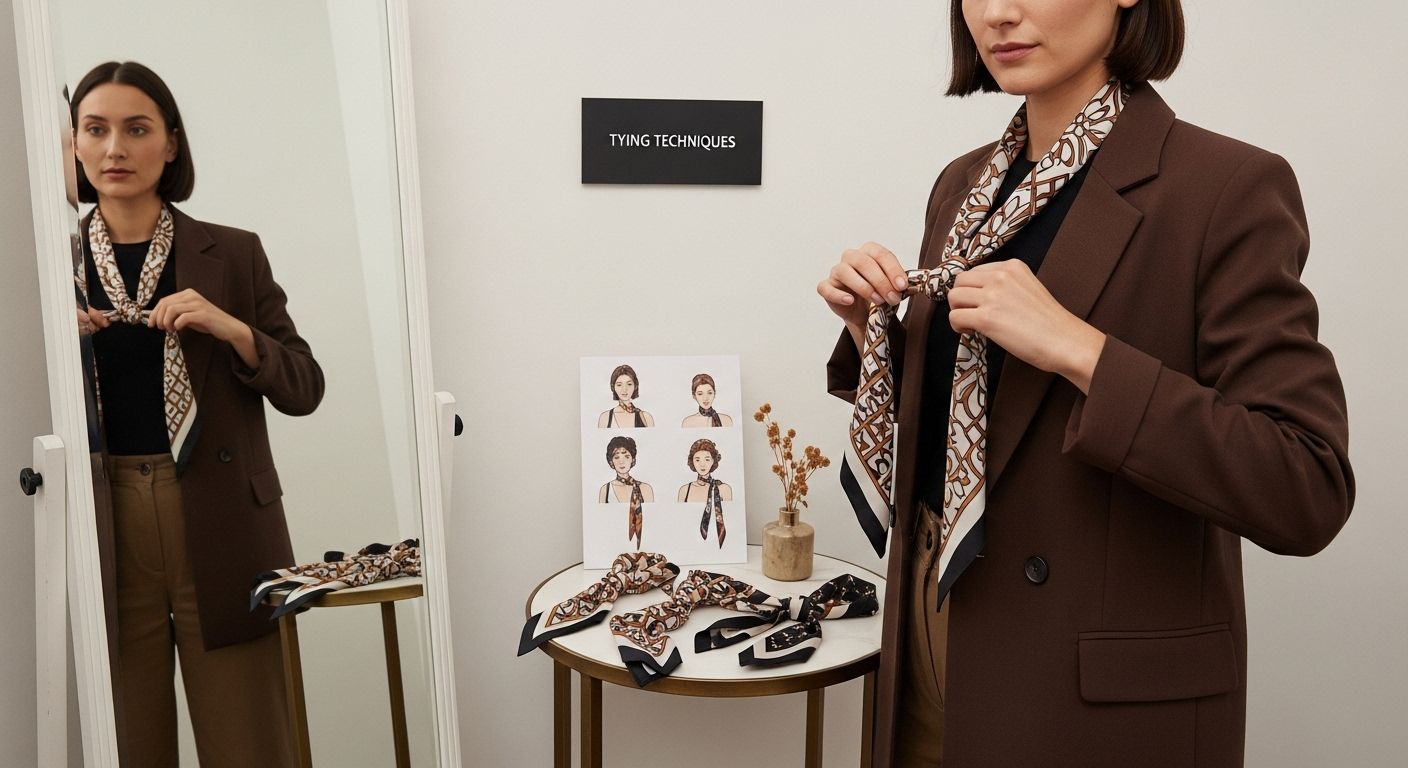
Pay attention to how the scarf falls, the volume it creates, and the overall silhouette. Some techniques will feel more natural than others, and that’s perfectly acceptable - personal comfort and confidence are the ultimate markers of successful accessorizing.
Remember that scarf tying is a skill developed through patience and experimentation. Each attempt brings you closer to understanding how different fabrics, lengths, and knotting techniques can transform your look.
Step 4: Combine Scarves with Outfits for Maximum Impact
Creating seamless outfit combinations with scarves requires a nuanced approach that balances colour, texture, and overall aesthetic. The goal is to integrate your scarf as a deliberate style choice, not an afterthought, transforming your entire ensemble with strategic accessorizing.
Colour coordination stands as the fundamental principle of successful scarf styling. When pairing scarves with outfits, consider complementary and analogous colour schemes. A navy blazer pairs beautifully with a scarf featuring deep blues, burgundy accents, or soft greys. For neutral-toned outfits, introduce a vibrant scarf as a focal point - a crimson silk scarf against a cream sweater creates immediate visual intrigue.
According to AARP, understanding different draping techniques can dramatically alter your outfit’s perception. A long scarf dangled casually can soften structured professional attire, while a precisely folded silk square can add refinement to a casual ensemble. Consider the occasion and desired impression when selecting your scarf placement.
Texture plays a crucial role in creating sophisticated outfit combinations. Pair smooth silk scarves with structured wool coats for an elegant contrast. Chunky knit scarves work wonderfully with leather jackets, creating a balanced, tactile ensemble. The interplay of different fabric weights adds depth and complexity to your overall look.
Professional settings demand more subtle scarf integration. Choose scarves in muted tones that complement your work attire - think soft pastels, understated patterns, or classic neutrals. A well-chosen scarf can replace traditional jewelry, offering a sophisticated alternative that speaks to personal style without appearing overly ornate.
Consider your outfit’s silhouette when selecting a scarf. Fitted blazers pair beautifully with loosely draped scarves, creating visual movement. Oversized sweaters benefit from more structured scarf styling, such as a neat Parisian knot that provides definition and shape.
Ultimately, confidence determines the success of your scarf styling. Experiment with different combinations, take photographs to assess your look, and trust your intuition. The most compelling outfits emerge when personal comfort and style alignment intersect, transforming a simple accessory into a powerful statement of individual expression.
Step 5: Assess Your Style Choice and Make Adjustments
Refining your scarf styling requires a critical eye and willingness to experiment, transforming initial attempts into polished, sophisticated looks. Style assessment is not about perfection, but about understanding how accessories can elevate your personal aesthetic.
Photographic documentation serves as an invaluable tool for style evaluation. After creating an outfit with your chosen scarf, take full-length photographs from multiple angles. These images provide objective insights into how the scarf interacts with your overall ensemble, revealing proportions, colour interactions, and potential areas for refinement that might escape immediate visual assessment.
According to AARP, versatility is key when assessing accessory choices. Examine how your scarf performs across different settings - does it transition smoothly from professional environments to evening events? A truly exceptional scarf should offer multiple styling possibilities, adapting to various contexts while maintaining its fundamental aesthetic appeal.
Comfort and movement represent critical evaluation criteria. Pay attention to how the scarf feels when you walk, sit, or engage in daily activities. A beautifully styled scarf that constantly requires readjustment undermines its practical value. The most successful accessories integrate seamlessly into your lifestyle, providing both aesthetic enhancement and functional comfort.
Consider the visual balance created by your scarf. Does it draw attention to your best features? A well-chosen scarf can elongate your silhouette, soften angular lines, or add a pop of colour to a monochromatic outfit. Experiment with different knotting techniques and draping styles to discover what most flatters your body shape and personal style.
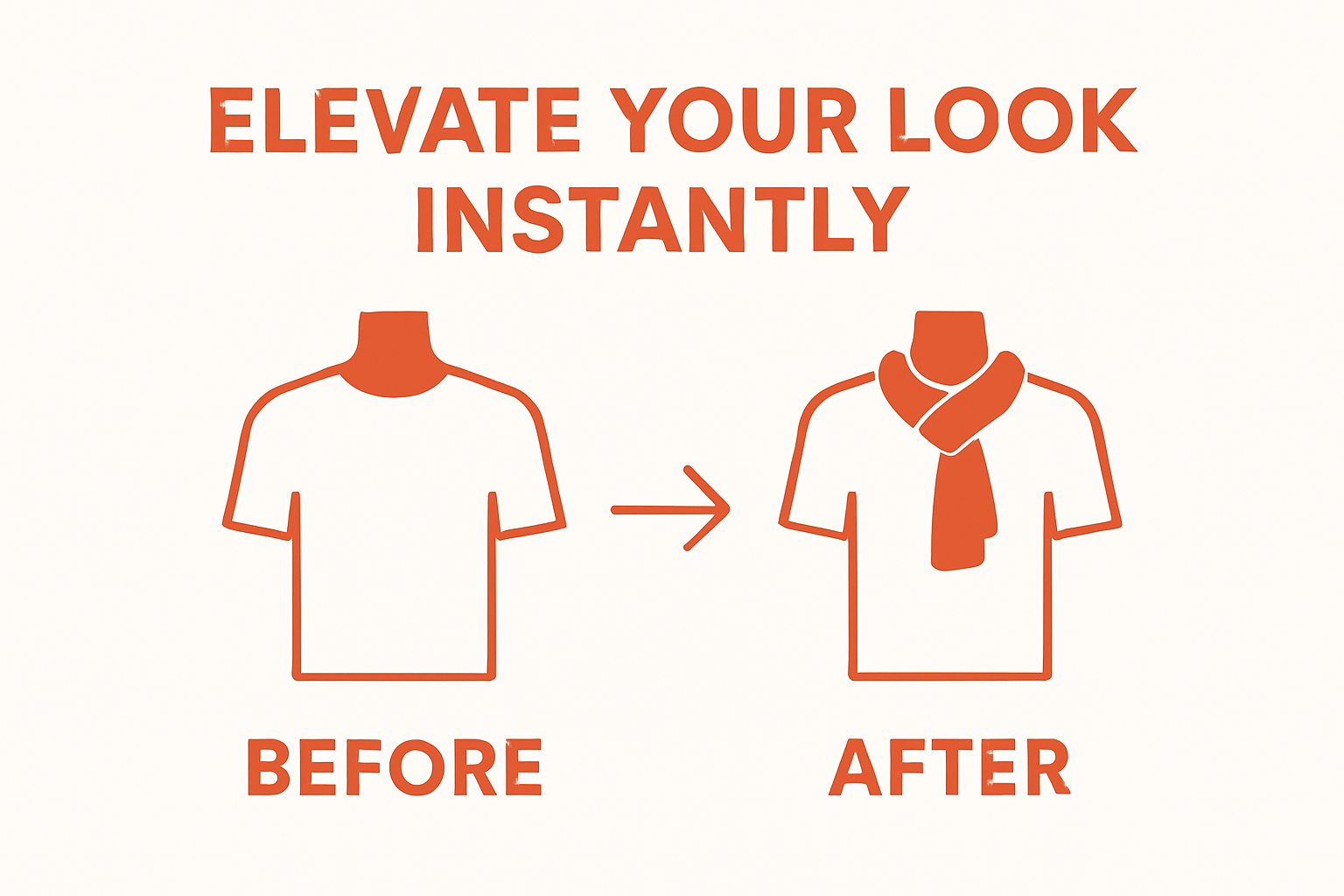
Critical self-assessment involves embracing imperfection. Not every styling attempt will be a masterpiece, and that’s perfectly acceptable. Each experiment provides valuable learning opportunities, helping you develop an intuitive understanding of how accessories can transform an outfit. Trust your instincts, but remain open to subtle adjustments.
Ultimately, confidence is the most important element of style. A scarf worn with self-assurance will always look more compelling than a technically perfect but hesitantly worn accessory. Continue refining your technique, celebrate your unique aesthetic, and remember that personal style is an ongoing journey of self-expression and discovery.
Elevate Your Scarf Styling with Distinctive Italian Accessories
You have carefully considered how to master scarf accessorising for timeless elegance, yet true sophistication is often lost without the right foundation. Many find themselves struggling to integrate luxurious scarves into their outfits because their wardrobe essentials and accessory choices lack quality and character. The article highlights how mastering various scarf tying techniques and achieving harmonious combinations requires not only skill but also thoughtfully crafted pieces that truly stand out.
Now, imagine your favourite scarf paired with a handcrafted Italian handbag or a statement accessory radiating the exceptional artistry only found at San Rocco Italia. Each item in our collection is created by skilled artisans using full-grain leather and traditional methods, providing the perfect canvas to showcase your unique style and ensure every detail of your ensemble feels intentional and refined.

Transform your seasonal looks and make every scarf pairing unforgettable. Explore the San Rocco Italia collection, where timeless accessories enrich every technique and elevate your wardrobe to new heights. Shop now to secure exclusive, artisan-made pieces before they are gone.
Frequently Asked Questions
How do I choose the right scarf for my outfit?
Consider the fabric, colour, and texture of the scarf. Silk scarves work best for formal settings, while wool or cotton scarves offer versatility for casual looks. Ensure the scarf complements the colours of your outfit for a harmonious appearance.
What are some popular scarf tying techniques?
Some popular techniques include the Classic Loop, Parisian Knot, and Loose Wrap. Experimenting with these methods can help you find the style that suits your outfit and personal aesthetic best.
How can I effectively pair scarves with different clothing styles?
To create seamless combinations, consider colour coordination and texture. For instance, pair a smooth silk scarf with structured attire or a chunky knit scarf with a leather jacket to add visual interest and balance.
Why is it important to assess my scarf collection?
Assessing your scarf collection helps you identify what works best with your wardrobe and personal style. This evaluation ensures that each piece serves a purpose, allowing for versatile styling options across various occasions.
